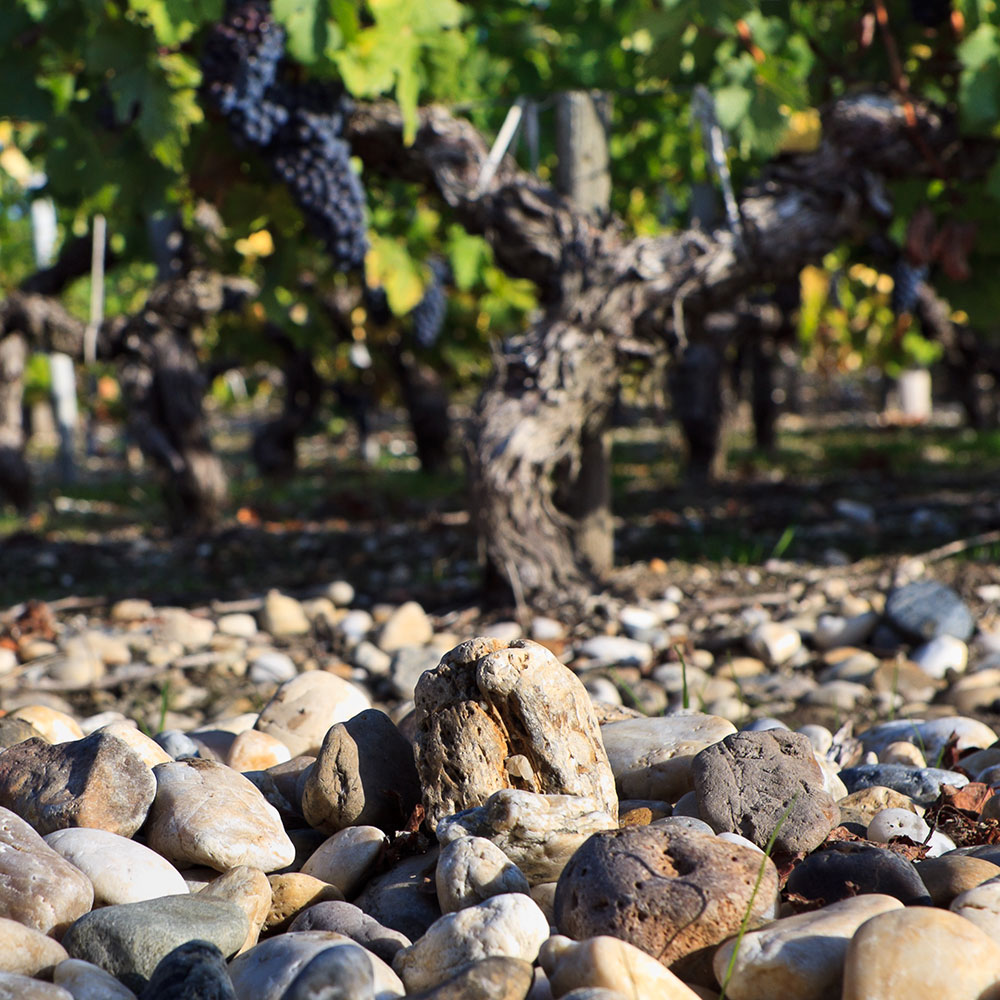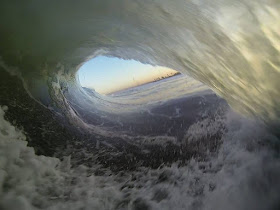This post first appeared on the daily wine blog Terroirist.
When it comes to en vogue bubbles, a lot of attention has turned to Prosecco. It seems to be a big hit with the kids these days. As I’ve reported on before, there are some damn good Proseccos, especially from Cartizze.
When it comes to en vogue bubbles, a lot of attention has turned to Prosecco. It seems to be a big hit with the kids these days. As I’ve reported on before, there are some damn good Proseccos, especially from Cartizze.
But for my palate, if it’s Italian bubbles I’m
after, Franciacorta is the place. Made with some classic Champagne grapes Chardonnay,
Pinot Noir/Pinot Nero (although Pinot Blanc/Pinot Bianco can account for up to
50% of the blend) these Lombardia wines were elevated to DOCG status in 1995.
 |
| This is one hell of a bottle of bubbles. |
These are Champagne method bubbles with at least 18
months on the lees. The vines grown in sandy, silty soils near Lake Iseo, which
has moderating influences in both winter and summer. There is clearly no
substitute for Champagne. But, buck for buck, these Franciacorta wines offer a
ton of sparkling excitement.
I recently tasted through some Franciacorta from two
producers, Barone Pizzini and La Valle, and found a whole lot to like.
These wines were received as trade samples and
tasted sighted.
N.V. Barone Pizzini Franciacorta
Animante Brut
- Italy, Lombardia, Franciacorta DOCG
SRP: $35
Light gold color. Generous aromas of green apple,
sliced pears, along with sea breeze and toasted baguette. Crisp and clean on
the palate, this is bright and tangy wine but shows plenty of juicy fruit:
green apples and pears, papaya drizzled with lime. I get some notes of chalk,
toasted bread crumbs and white flowers as well. Lots of fun for a moderate
price tag. Chardonnay, Pinot Nero and Pinot Bianco. (87 points)
2011 Barone Pizzini Franciacorta
Satén
- Italy, Lombardia, Franciacorta DOCG
SRP: $45
Light gold color. Smells very floral and perfumed,
along with sea breeze, lemon peel and sliced green apples. Bright, clean, tart
and pithy on the palate. I get notes of lemon and lime slices and green apples,
topped with crushed chalk, floral perfume and some notes of toasted biscuit.
Not too deep, but an elegant, smooth wine that begs for fish and cured meats. All
Chardonnay made in Saten style, which has silky, less intense bubbles. (88
points)
2011 Barone Pizzini Franciacorta Rosé - Italy, Lombardia, Franciacorta DOCG
SRP: $45
Vibrant rose petal and salmon color. Smells fresh
and inviting, with white cherry, strawberry and McIntosh apple peel, along with
notes of baby’s breath, crushed chalk and toasted biscuit. Creamy texture but
also crisp and lively. Dry but ripe and juicy, the bright cherries and
watermelon flavors are topped with chalk, salt and toasted biscuit notes. Not
the deepest or most complex wine, but it’s crisp, clean and vibrant. All Pinot
Noir. (87 points)
2008 Barone Pizzini Franciacorta Brut
Bagnadore
- Italy, Lombardia, Franciacorta DOCG
SRP: $60
Gorgeous golden color. Aromas of apricots, yellow
apples, honeysuckle, lots of bright and chalky notes along with sea salt and
fresh baked biscuits – a deep and complex aromatic display. Intense acidity on
the palate, very focused and nervy. Chalky, salty, a crunchy mineral kick
pervades this wine. I get flavors of green apple, lime, grapefruit along with
richer elements of baked pear, cinnamon, honey, biscuits and toasted baguettes.
Long, brisk finish. Very impressive stuff – I’d love to bury a few bottles of
this. 50/50, Pinot/Chardonnay (91 points)
N.V. La Valle Franciacorta
Franciacorta Brut Rosé - Italy, Lombardia, Franciacorta DOCG
SRP: $55
Pale salmon color. Bright and breezy on the nose,
with white and red flowers and chalk dust on top of wild strawberries and notes
of fresh biscuits. Tart on the palate yet shows some richness to the body.
Flavors of red apple peel, white cherries, the fruit is crisp and vibrant with
a crunchy appeal. Chalk dust, seashell, floral potpourri notes. Precise yet
delicious. 100% Pinot Noir. (89 points)
N.V. La Valle Franciacorta
Franciacorta Brut Primum - Italy, Lombardia, Franciacorta DOCG
SRP: $40
Pale gold color. Smells nice and toasty with
biscuits and toasted coconut on top of yellow apple and apricots. Tart but toasty
on the palate, a rich presence but bright and tingly throughout. Toasted
biscuit and coconut mix with green apple, yellow apple, apricot – along with a
solid blend of bright chalk, crushed shell, mineral and tonic notes. Bright,
complex, deep, bold, this has a lot going on here. Chardonnay with 25% Pinot
Noir and 10% Pinot Bianco. (89 points)
2008 La Valle Franciacorta
Franciacorta Extra Brut Naturalis - Italy, Lombardia, Franciacorta DOCG
SRP: $55
Light gold color.
Gorgeous nose of toasted bread, fresh biscuits, almond and sea salt on top of
golden apples and pears. Bright and tangy on the palate but a rich presence on
the palate, this wine rides that line very well. Golden apples, apricot, orange
peel, topped with sea salt, crushed shells, bread crumbs, fresh dough and a
linger sense of minerals and talc. Finishes tart and pithy. A beautiful blend
of Chardonnay with 25% Pinot Noir and 10% Pinot Blanc. (90 points)














